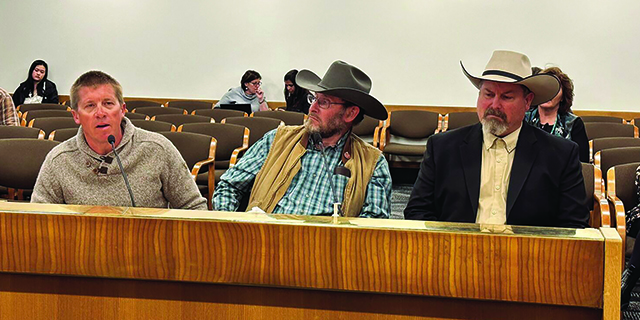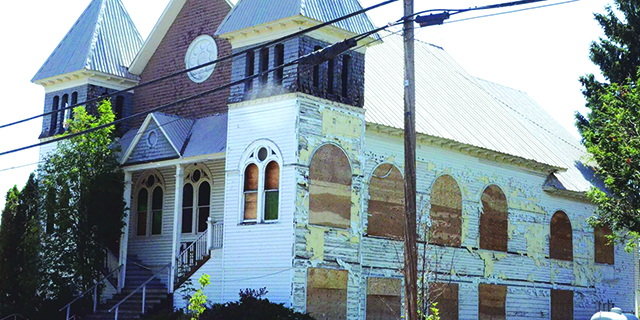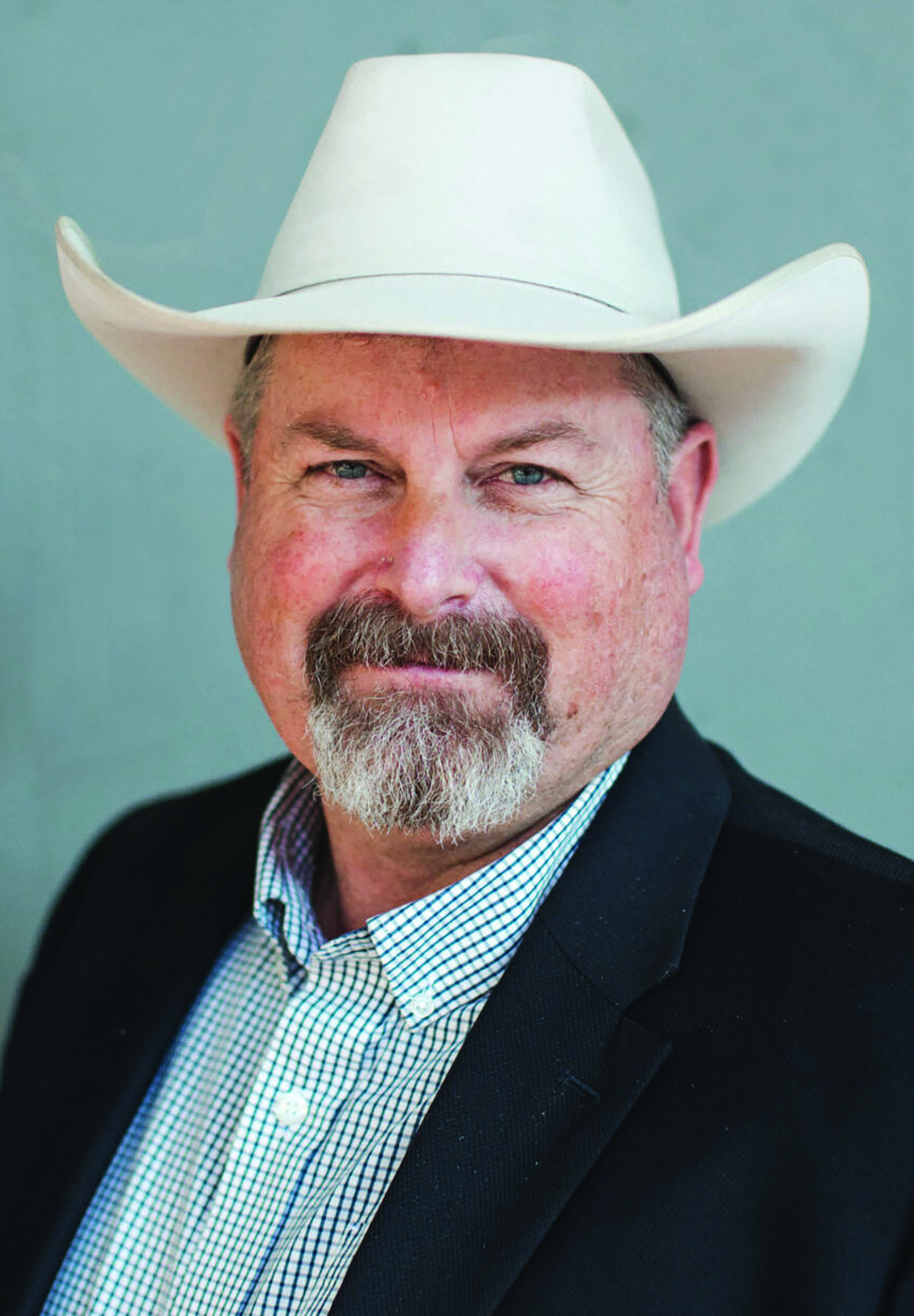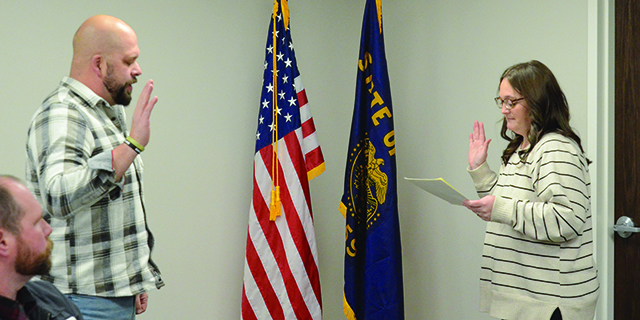Exhibit views landscape through Nimiipuu eyes
Published 7:00 am Wednesday, July 17, 2024
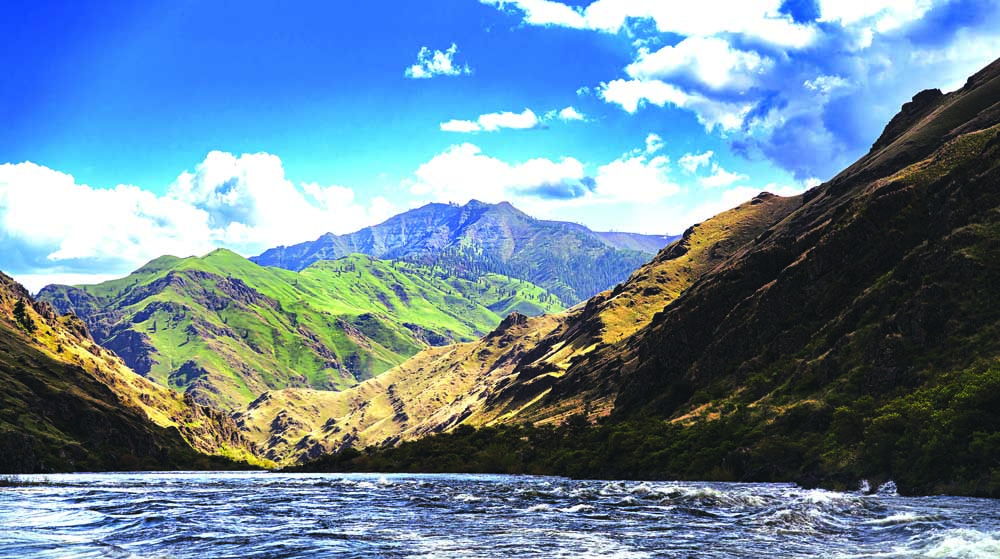
- A riverscape shows the Snake River's confluence with the Salmon River. Dual cultural views of geology will be presented beginning Thursday, July 18, 2024, at the Josephy Center when “Heads and Hearts: Seeing the Landscape Through Nimiipuu Eyes.” opens.
JOSEPH — A new exhibit to get a look at the Wallowa Valley through the eyes of its original inhabitants, the Nez Perce people — the Nimiipuu — that opens Thursday, July. 18 at the Josephy Center for Arts and Culture.
The center is at 403 Main St. in Joseph.
Trending
“Heads and Hearts: Seeing the Landscape Through Nimiipuu Eyes” will give a different look at tribal lands.
For over two years, the center has been working with geologist Ellen Morris Bishop and Nez Perce tribal beadworker, geologist and collector of indigenous stories Roger Amerman towards this exhibit, which features two ways of looking at the world. Geologists have stories to tell, digging with new instruments and new techniques to unravel the stories told by very old mountains and valleys, rocks and waterways.
“Native stories” is an older art — maybe not as old as the mountains but old enough to have stories of cataclysmic events in the distant past. Stories of earthquakes and floods and, often, Coyote’s role in managing human affairs in the natural world.
“Heads and Hearts” reflects two years of field work with Bishop, Amerman and Nez Perce elders from Lapwai, Idaho; Nespelem, Washington; and Umatilla. Young Nez Perce photographers took pictures on a trip up the Snake River and to sites at Cooper’s Ferry and Tolo Lake in Idaho. Cooper’s Ferry on the Salmon River has sites of human habitation dating to over 16,500 years ago. The Nez Perce have a name for an abandoned village site nearby. Tolo Lake is where the fleeing Nez Perce camped on their forced removal from the Wallowa Valley 147 years ago.
The nimiipuu (Nez Perce) people hold their landscape in reverence, considering it a living being that provides spiritual sustenance as well as nourishment and resources. The art, photographs and stories in this exhibit convey these connections. Indigenous stories, names and understandings convey the history of landscape features also important to scientific understanding of the Northwest’s geology. This dual Indigenous and scientific understanding of the landscape is called ethnogeology.
The exhibit shows how nimiipuu stories and art record real past events and enhance an understanding and appreciation of the Northwest’s landscape. It is a way of experiencing a landscape from two cultural perspectives.
Trending
The exhibit opens at the Josephy Center 3-5 p.m. Smoked salmon and “mountain tea” will be served. There is no charge for attendance.
For additional information, contact Rich Wandschneider at the center at rich.wandschneider@gmail.com. or call 541-263-0930.


